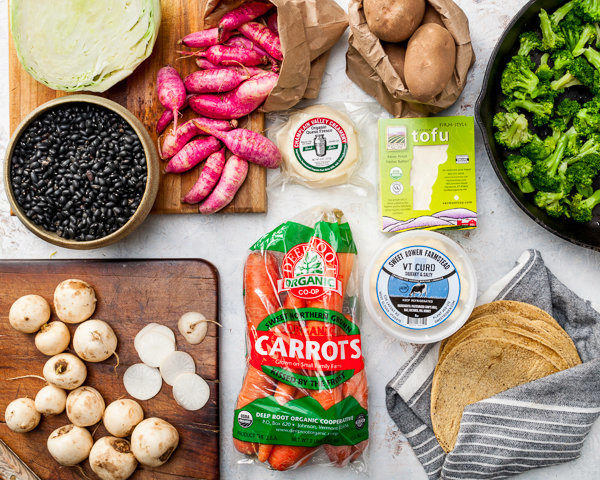
Greg Georgaklis, founder of Farmers to You, has made our food system his life’s work. For seven years, he’s been linking people directly to the food they buy and the farmers who grow it. Operating out of central Vermont, Farmers to You uses a community-supported agriculture (CSA) model to bring locally and regionally produced dairy, meat, fish, grains, produce, and pantry items, among other foodstuffs, to residents in Vermont and Massachusetts.
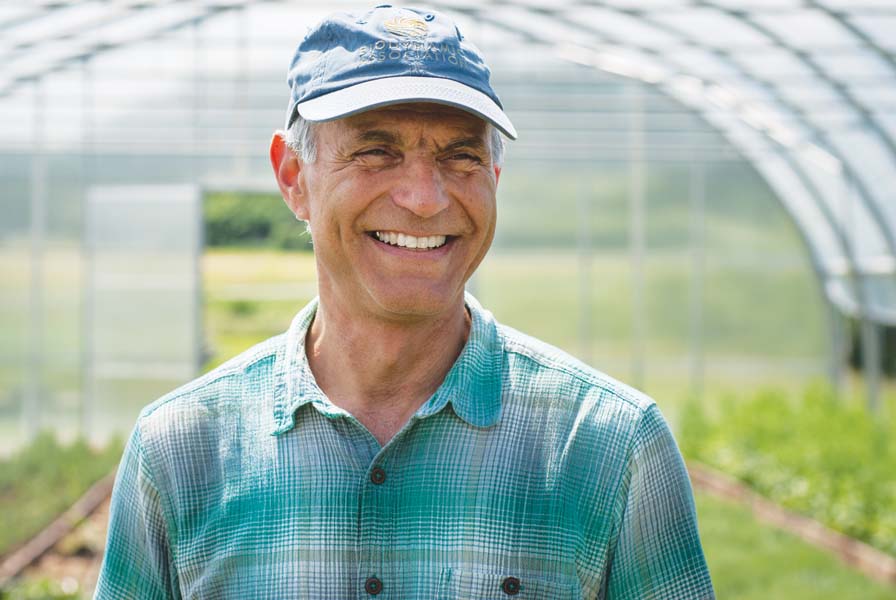
Georgaklis’s idea is to take away the ambiguity of our food’s origins, which often begin thousands of miles away. “I felt that the missing piece was a market for sustainably farmed products. Supermarkets struggled to integrate them into their large-scale food system,” he explains, noting that small farmers, in particular, struggle to turn a profit when selling through chain markets; they get 12 to 19 cents on every dollar. Through Farmers to You, they earn 60 cents per dollar. “That’s what people don’t see about the food system—farmers pay for distribution, handling, and brick-and-mortar costs. And they typically get paid only for what gets sold; everything else is thrown away and they get charged back for it.”

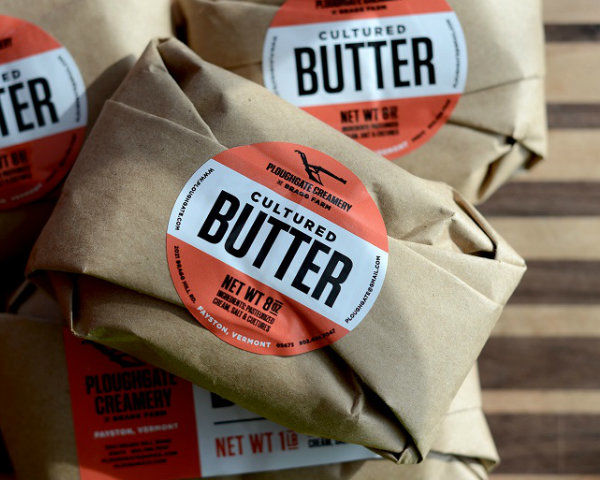
At the start, Georgaklis figured families would jump right on board and that farmers would need a bit of convincing that the model would work to their advantage. It turned out to be the opposite case. “The farmers lined up immediately,” Georgaklis recalls. “They were desperate for a good, well-paying market.” It was the families who were hesitant. Georgaklis spent a great deal of time educating people about the value of Farmers to You. In time, people came to realize that they are the solution to the corporate food chain’s failure to deliver fresh, nutritional food that pays the people who produce it. By putting money into a sustainable food system, they boost their community’s economy and well-being. “It’s a circular, associative type of economic system that builds on relationships,” Georgaklis notes. “It’s about getting away from cheap, convenient food.”

And participants value those relationships. “Everybody knows who’s feeding them,” says Georgaklis. “If somebody wants to pick up the phone or email their dairy farmer, they can do that. We encourage it.” Georgaklis’s efforts include hosting events and dinners that bring farmers and families together—both to socialize and to discuss next steps in the development of this new food system. He has noticed how the Farmers to You model empowers people, families, and farmers alike. “People feel a lot of hope in taking control of their food system again,” he says, adding that next-generation farmers are beginning to feel that they could make a living farming, whereas prior to Farmers to You, the future of farming as a viable livelihood seemed bleak.
_961.jpg)
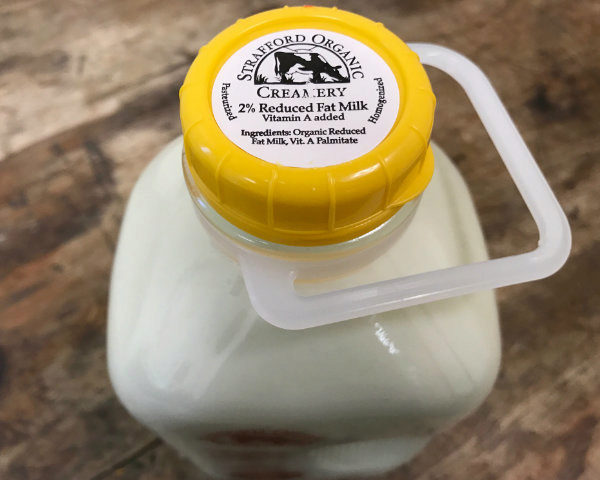
It’s important to note, too, that Farmers to You serves a diverse demographic. It is often assumed that they cater to Boston’s wealthy suburbs, but as Georgaklis explains, “We do very well in communities that are engaged and conscious about the connection between food and good health…a place like Jamaica Plain, where people have made a conscious choice to redistribute their income to support a sustainable, healthy lifestyle.” They also serve recent immigrants from Europe and the Middle East, where fresh food is a large part of the culture. “They discover that this is the kind of food that they have been missing,” notes Georgaklis.
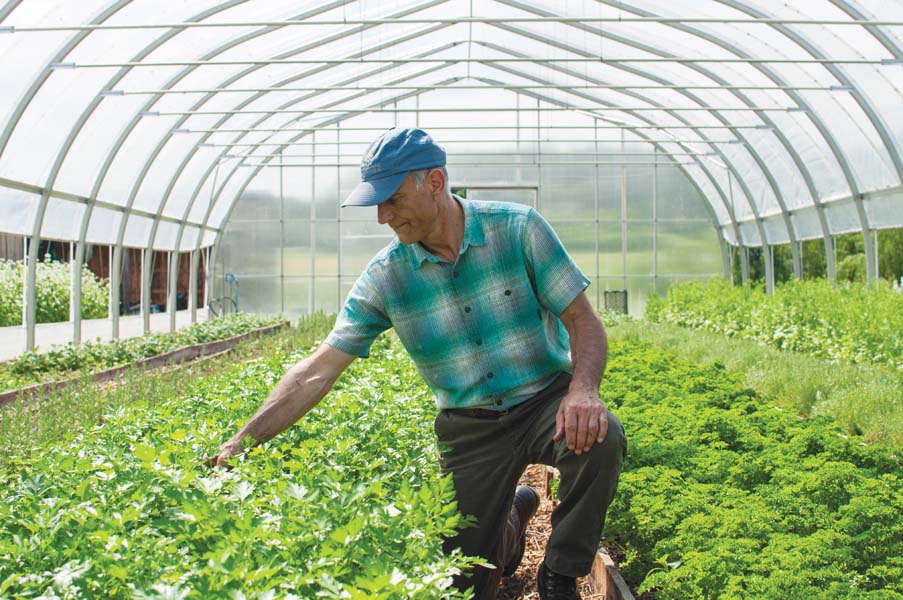
It might be argued that people who are concerned about where their food originates have the option to shop at a local co-op and/or buy into a CSA. Farmers to You fills in the gaps. First, there are very few food co-ops in Massachusetts, and those that exist carry limited local goods. Second, most CSAs do not offer the kind of variety that Farmers to You supplies.
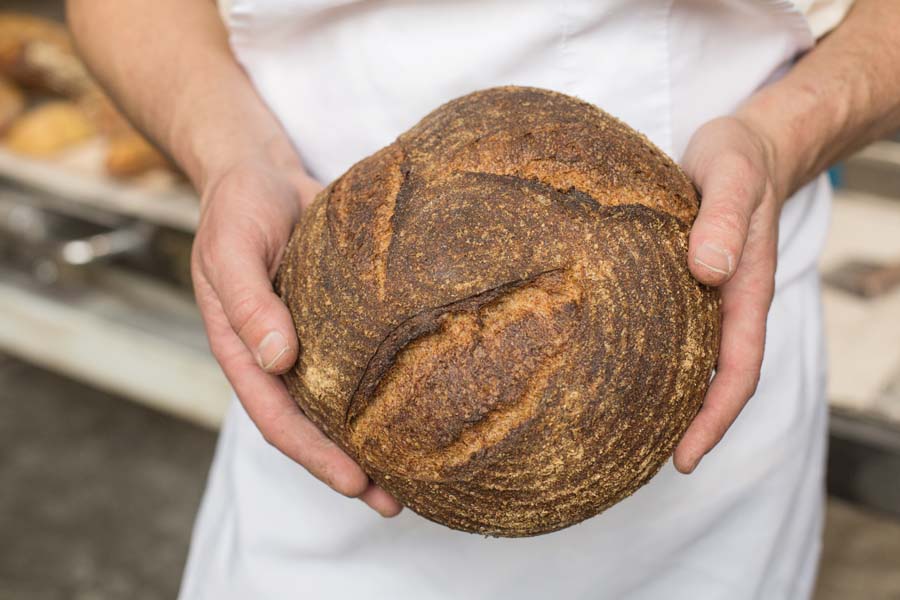

Georgaklis is sometimes asked whether he is competing with local markets. He responds: “We encourage people to buy as much as they can as close as they can, and then move out from there [to their regional sources]. We want to be that next level out. We are not competing with local farmers and producers, we are competing with supermarkets.”
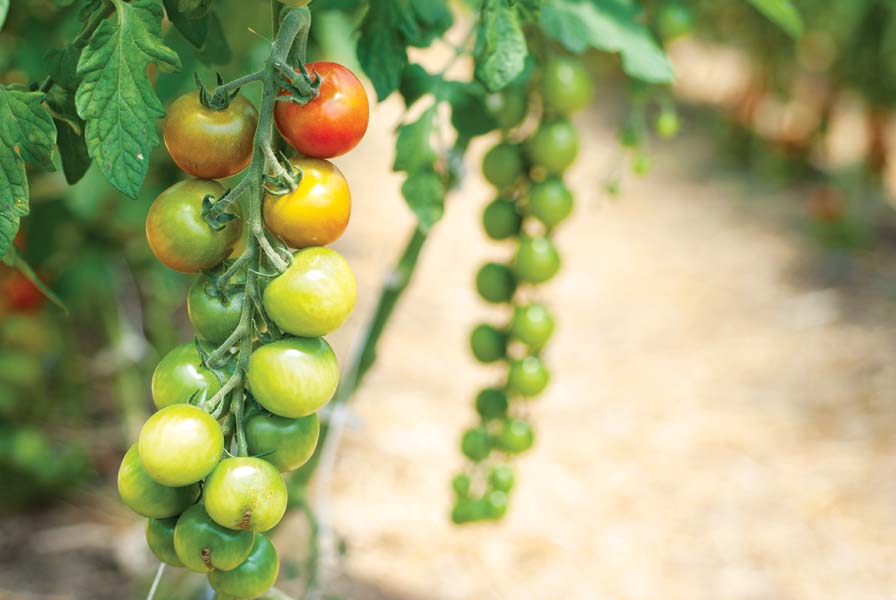
So how does it work? Participating families place online orders on Mondays; Farmers to You picks up food from the farms on Tuesday mornings; and on Wednesdays, people arrive at pick-up points to receive their custom orders, which run about $40. Many participants make use of the chef’s weekly recipes and menus found on the Farmers to You website. “It’s such a gift to our families,” says Georgaklis. “It helps people jumpstart the process of putting together meals and buying food accordingly.”
Simply put, Farmers to You is about healthy food and those who produce and consume it. But the organization delivers so much more. When asked what he thinks makes it popular, Georgaklis says, “Freshness and flavor—that’s what keeps our families coming back time and again.”

